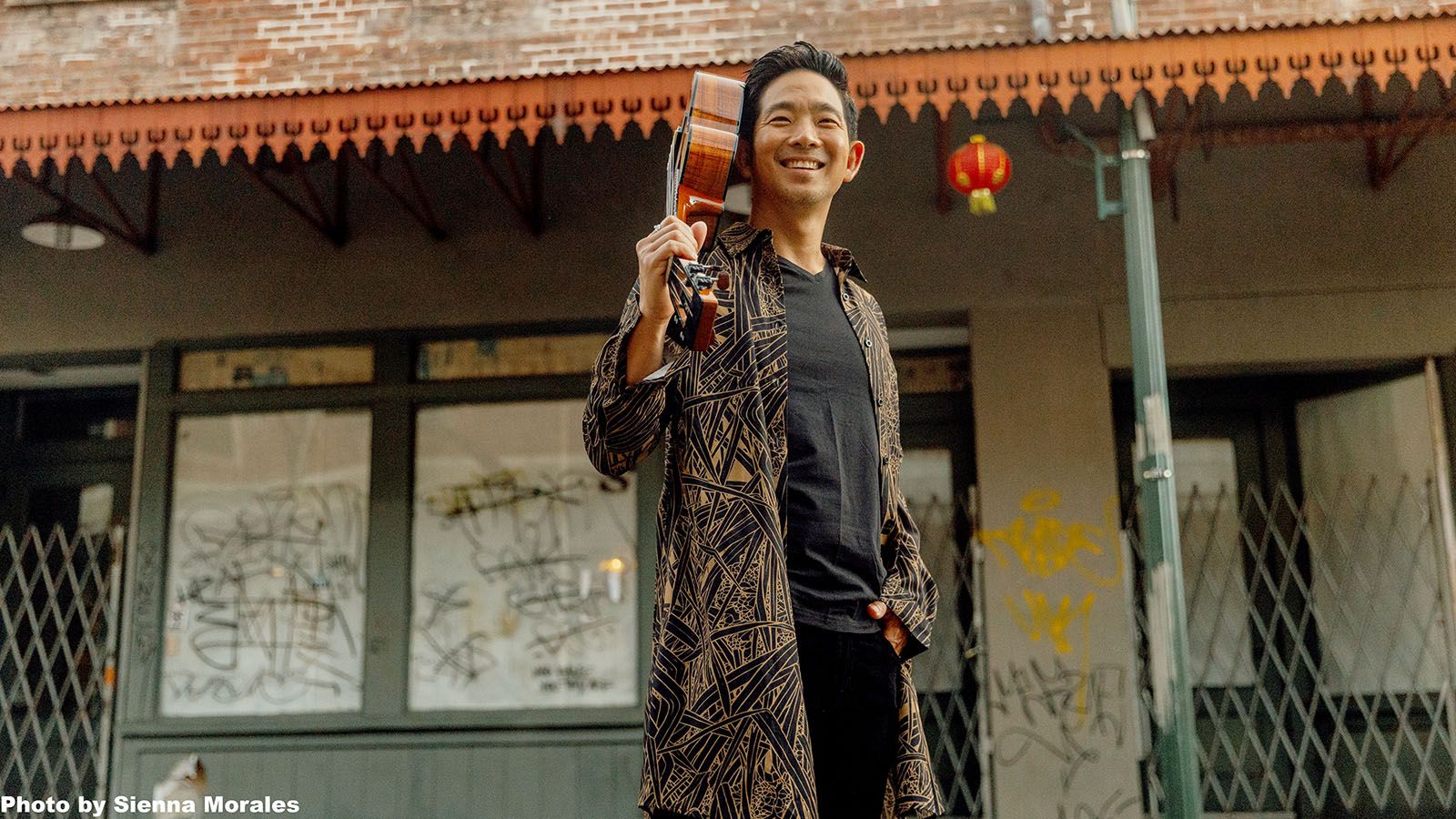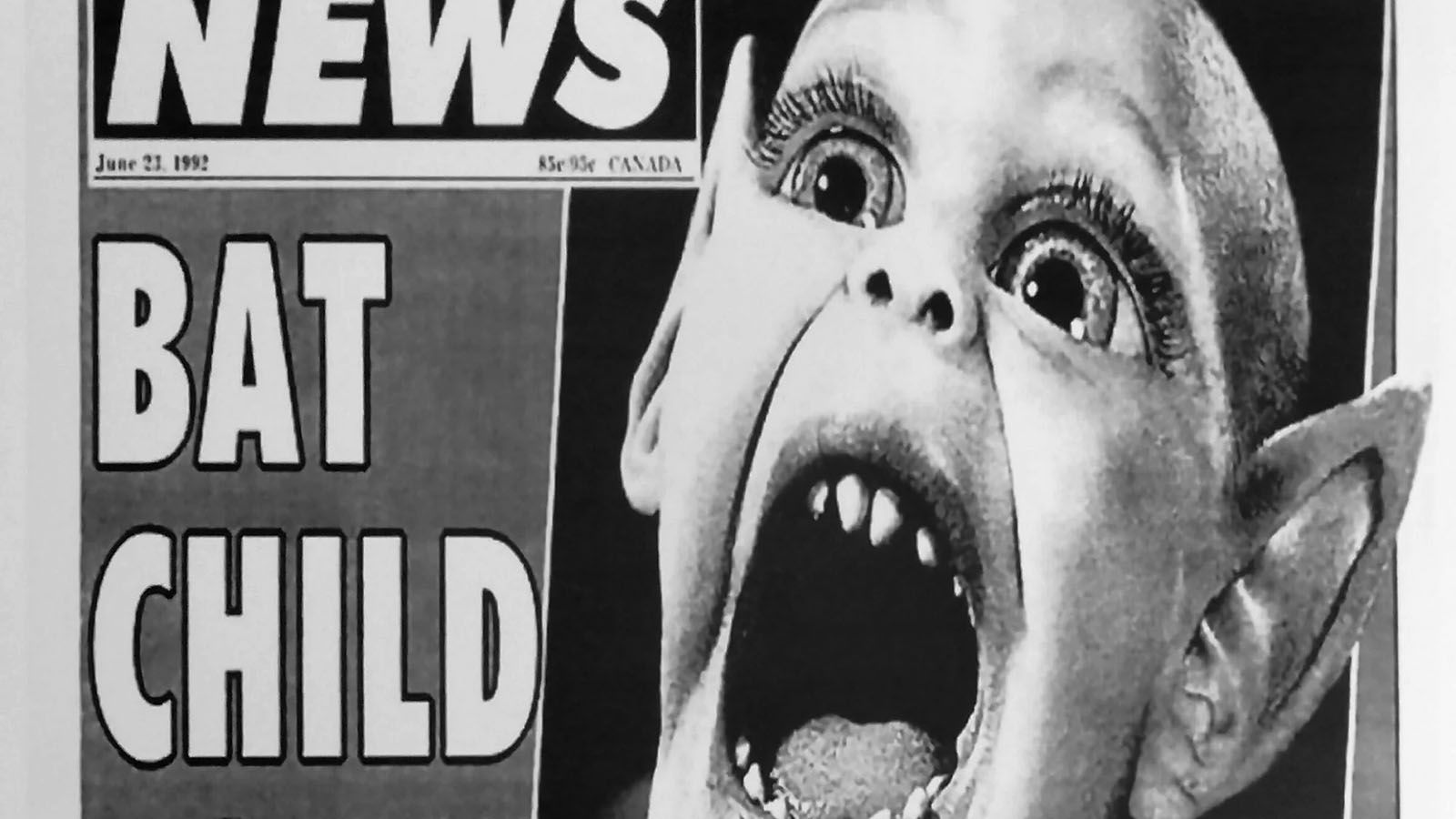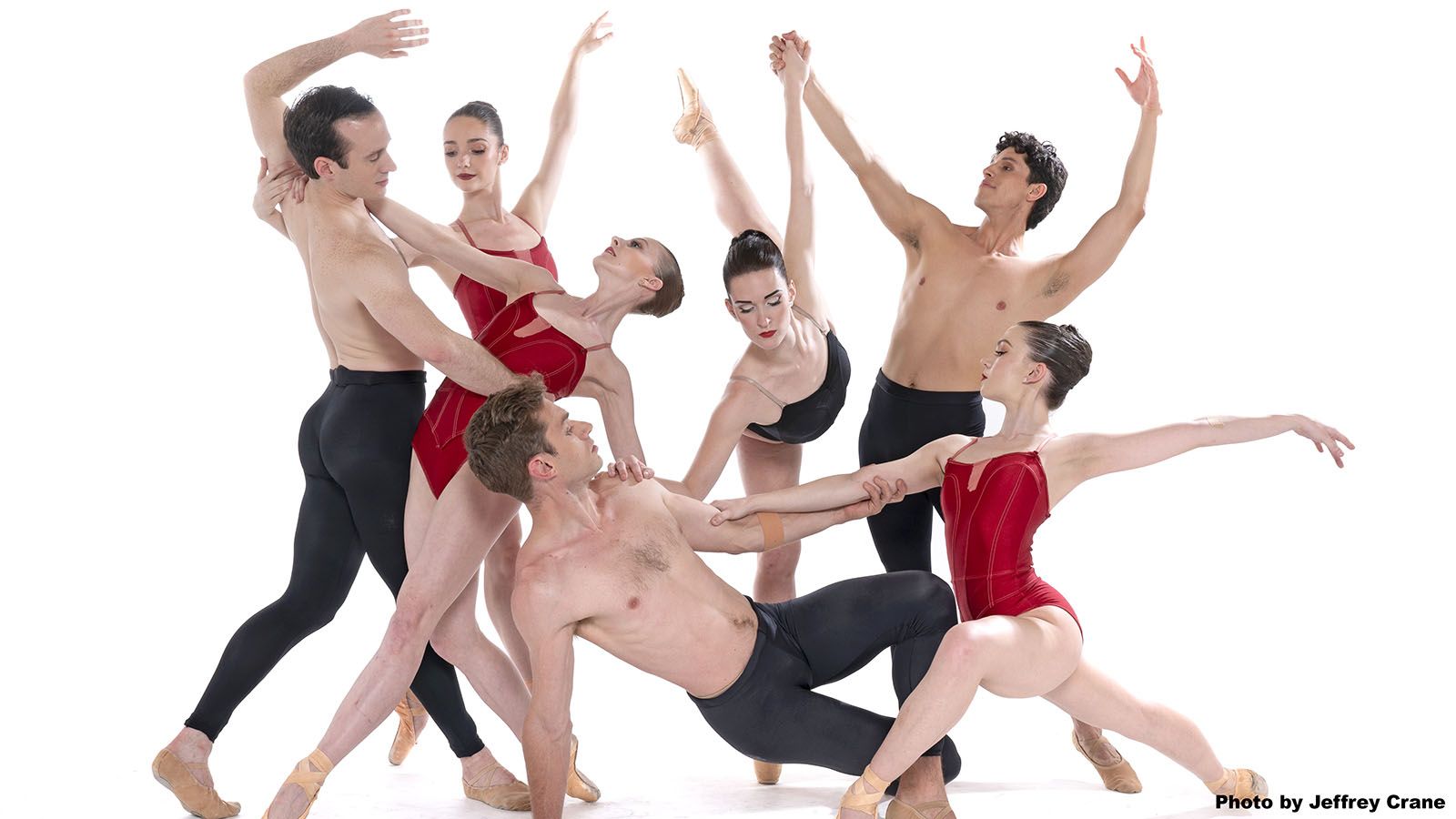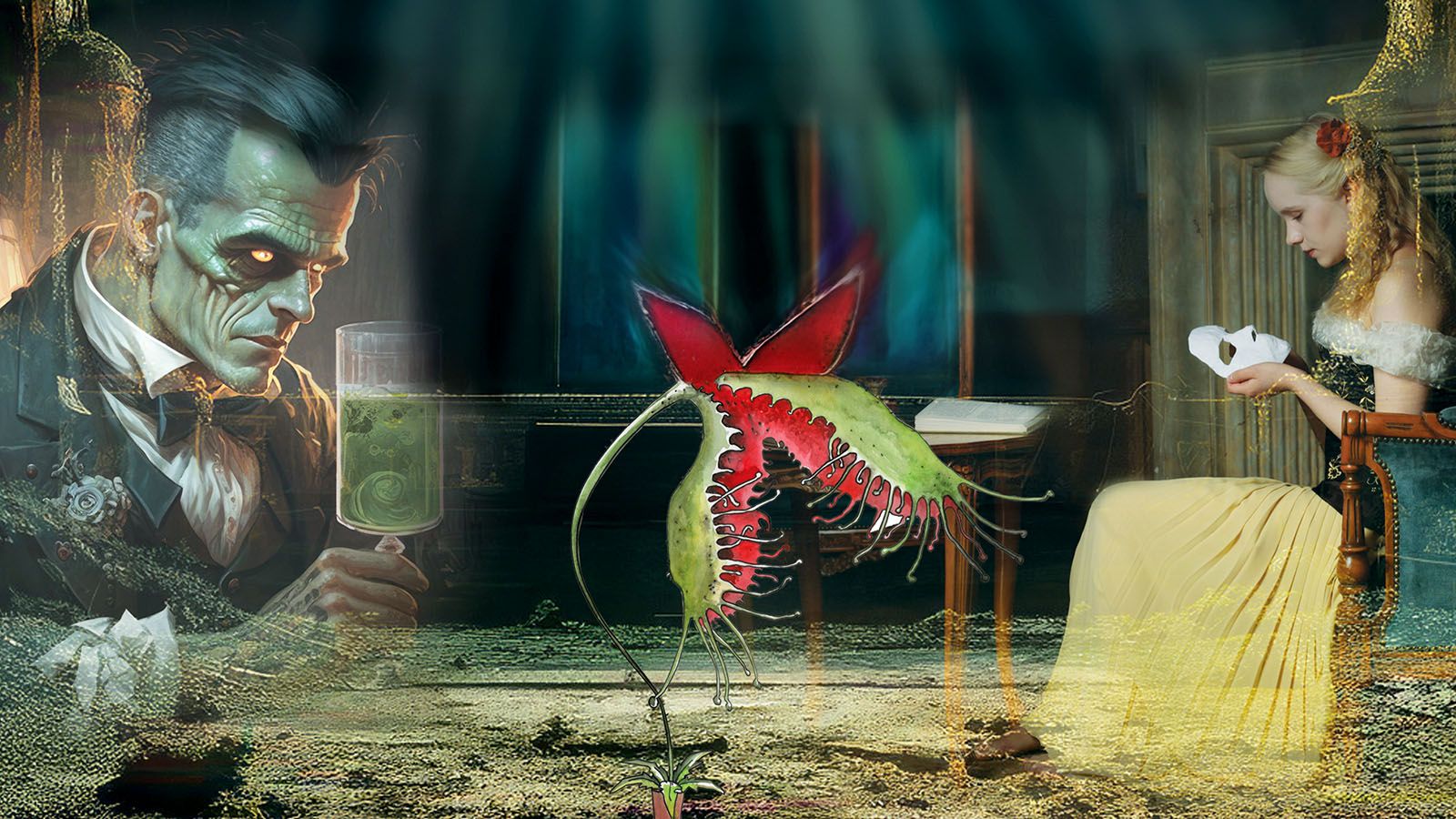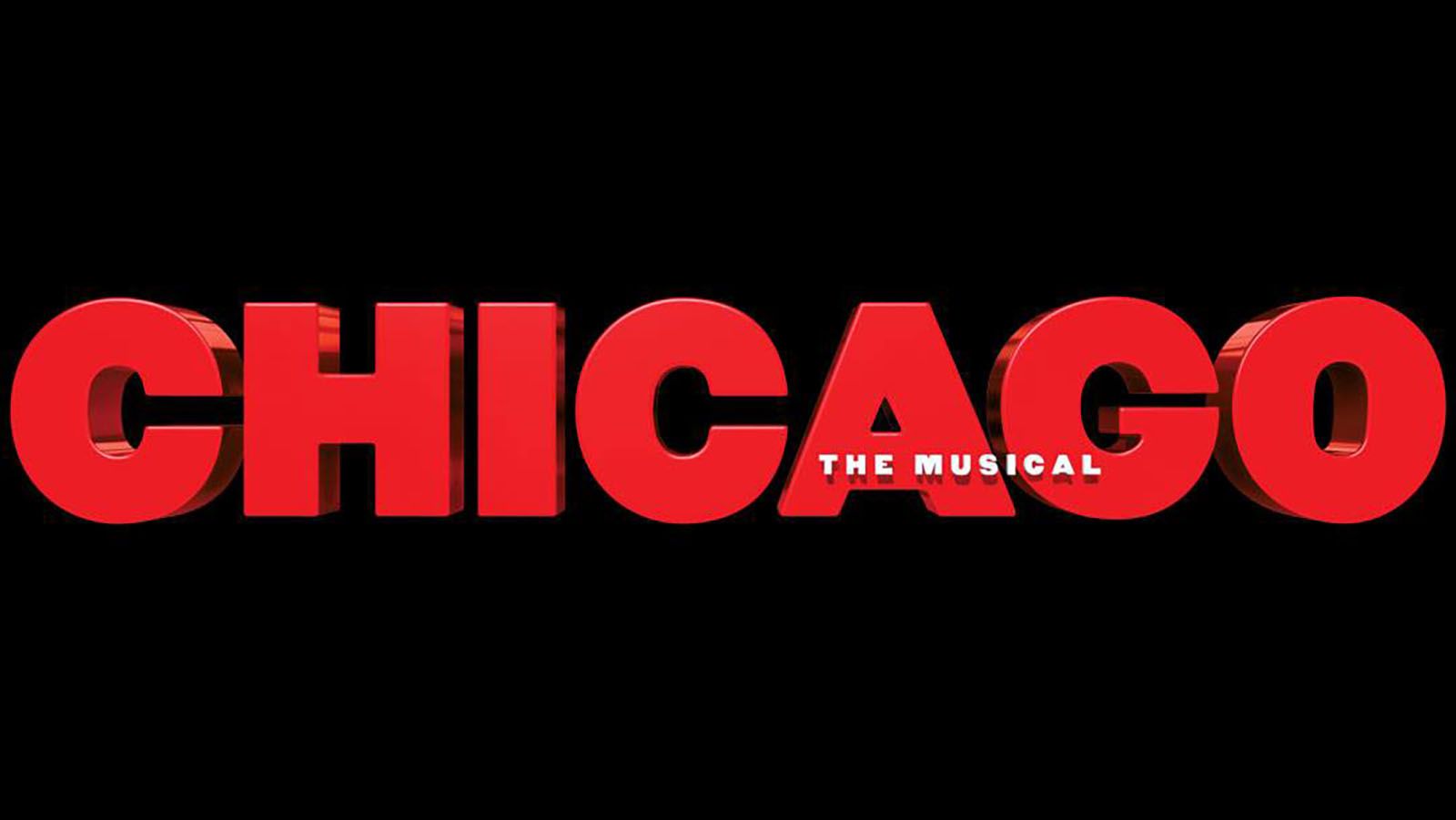You could be a fan of British blues rock, the brisk pace of jazz fusion, the groove of the bluegrass or jam-band scene, the lush sophistication of the orchestra, or even the intimate intricacies of classical guitar.
On Saturday, Sept. 14, you can hear some of each of these from one musician when Jake Shimabukuro, the world’s most famous Hawaiian ukulele player, visits Sweetwater Performance Pavilion.
Wielding a four-string tenor ukulele carved of gorgeous koa wood, and 25 years into his globe-trotting career, Shimabukuro is returning for a rare orchestral gig with the Fort Wayne Philharmonic, with Caleb Young conducting.
Jake Shimabukuro
w/Fort Wayne Philharmonic
7:30 p.m. Saturday, Sept. 14
Sweetwater Performance Pavilion
5501 U.S. 30 West, Fort Wayne
$20-$55 · (260) 432-8176
Striking a chord
Ukulele?
Shimabukuro doesn’t sing and doesn’t strum simple chords. His fingerstyle technique is elaborate and nuanced, yet daring.
He usually performs only with his collaborator, bass guitarist Jackson Waldhoff, starting out the show acoustically and building to more electric sounds with guitar effects and a looper. They play Shimabukuro’s originals and some choice covers, the two of them sounding like a full band.
On this gig, though, they will be backed by 25 musicians and the conductor, leaving out the effects and making it richer and more organic.
Shimabukuro has around 30 albums of material to choose from.
He had a major-label career in Japan for years before he broke onto the international scene with one of the first viral videos of a music performance on YouTube in 2006, playing George Harrison’s “While My Guitar Gently Weeps” on his four strings, solo.
He’s been called “the best rock guitarist who doesn’t actually play guitar.”
You’ll hear everything from traditional Hawaiian music to his unique arrangements of classic rock, Queen and Leonard Cohen, Bach and Schubert, and lots of the original music he’s composed over the years. He plays all that on his Kamaka ukulele.
“One instrument,” he told me over Zoom from his home in Honolulu. “I purposely do that, to show that all of those different sounds are done, first in the traditional re-entrant tuning. But then also, it’s the same instrument that can capture all these different nuances, from a harp-like sound to a (Japanese) koto, to electric guitar, or a more traditional ukulele sound, or more like a piano. And I do a lot of rhythmic drumming things.
“I love being able to create all of these different experiences with one instrument.”
Orchestral accompaniment
Young, the conductor, lives in Berlin, but he’s coming to us from Los Angeles where he assisted the great Gustavo Dudamel in a world premiere, a superhero film extravaganza called Marvel Studios’ Infinity Saga Concert Experience, with the Los Angeles Philharmonic Orchestra at the Hollywood Bowl.
In Fort Wayne, Young is looking forward to getting quite a bit more cool, laid-back, and groovy with Shimabukuro.
Young conducted for him here eight years ago and remembers it well.
“Obviously, Jake is a household name when it comes to ukulele playing,” Young said. “What is really satisfying about working with him is that he’s an exceptional collaborator. He loves playing with orchestra when he can.
“From the orchestra standpoint, with a show like this, where you have a popular artist coming in with their band and their charts, sometimes, if there’s a weak link in these shows, it can be what their music brings to the orchestra, right?
“But Jake’s charts for the orchestra are exceptionally crafted. They are so rewarding to play for the orchestra. They’re not just playing long notes. I mean, they’re actually contributing to the concert in a way that’s really meaningful for them and for me as a conductor.”
Those charts come from Shimabukuro’s arranger, Brian K. Shepard, who is always working up new material.
History lesson
Shimabukuro explained his fingerstyle technique and dramatic string-bending are inspired equally by a pantheon of traditional Hawaiian ukulele players on the one hand and great British blues rock guitarists such as Eric Clapton and Jeff Beck on the other.
When he found out I play guitar, Shimabukuro gave me a history lesson about Hawaiian master musician and engineer Freddie Tavares, who designed the Fender Stratocaster and Bassman amplifier in California in the early 1950s.
That led us back to Clapton and his pioneering work in 1966 with the great John Mayall. On that album, Blues Breakers, was bassist John McVie, who went on to form a band with a drummer named Mick Fleetwood.
Fleetwood, 30 years Shimabukuro’s senior, has a home in Hawaii and has been a friend of his for decades. On Oct. 18, they will release a duet album, Blues Experience, that pays tribute to the British blues of Fleetwood’s youth, where Shimabukuro runs his ukulele’s pickup through one of those Fender Bassman-style amps and channels Clapton and Beck again.
We had a lengthy conversation about pioneering 20th-century classical guitarist Andres Segovia, who could bring out an orchestra’s worth of tone colors on his nylon strings. A film of a Segovia masterclass inspired Shimabukuro to strive for the same on his humble instrument.
Shimabukuro is a longtime friend of violinist Charles Yang of Time for Three, who carries forward the tradition of world-music artists that Shimabukuro idolizes and has played with himself, including cellist Yo-Yo Ma and banjoist Béla Fleck.
And just in case you thought we were getting high-brow, Shimabukuro was in Jimmy Buffett’s touring band for three years. Recently, on an album of duets with many famous rock singers, he recorded tracks with Willie Nelson and his son Lukas and Nashville jam-band wizard Billy Strings.
The ukulele was developed in Hawaii from traditional instruments brought by Portuguese immigrants in the 1880s, as Shimabukuro explained to me in another musicology lesson.
“I feel like the ukulele is almost like a great ambassador of Hawaii’s culture, and the music,” he said. “To me, the character of the instrument really carries forth, sometimes we call it the ‘aloha spirit,’ or that island feeling that I was fortunate enough to grow up with, being born and raised here.”
 Submit Your Event
Submit Your Event